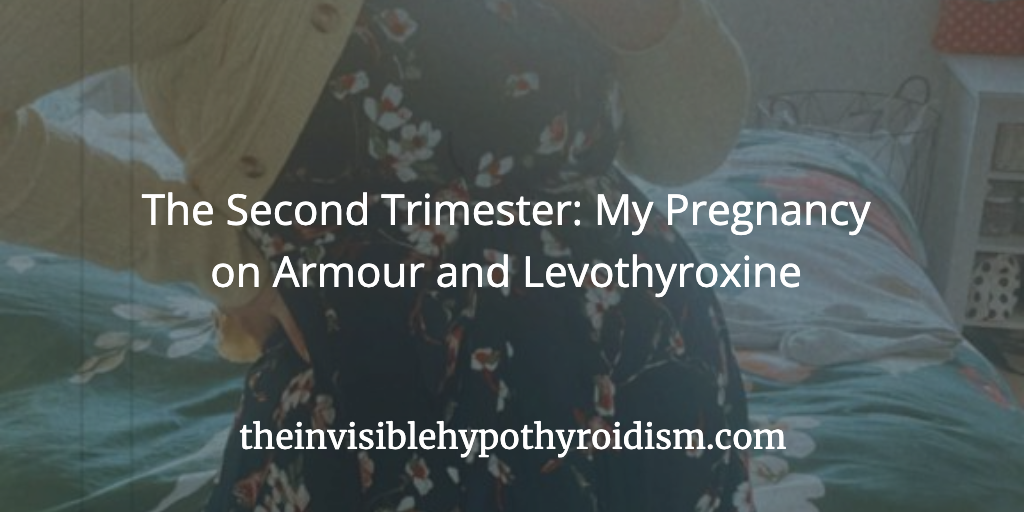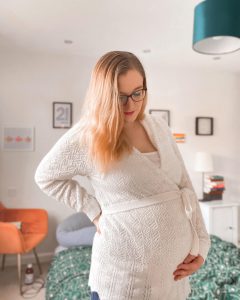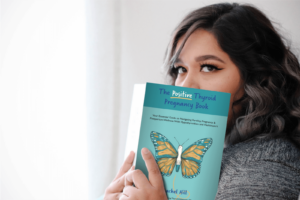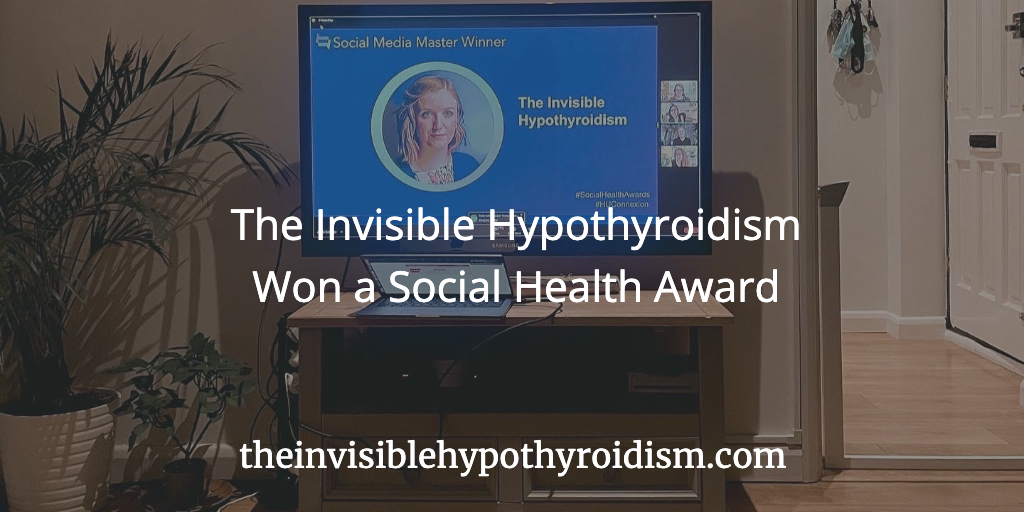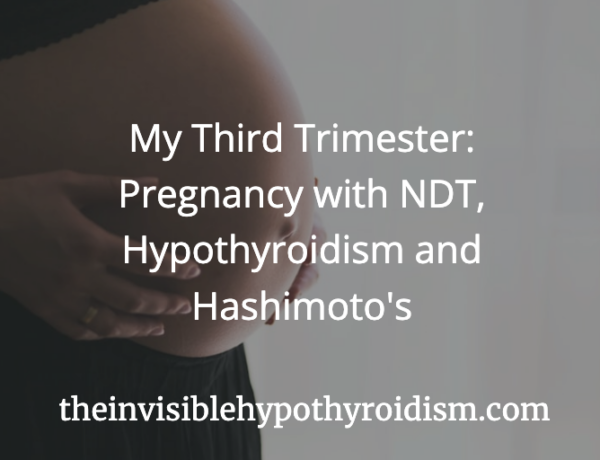Read The First Trimester: My Pregnancy on Armour and Levothyroxine blog here.
This set of blogs cover my second pregnancy. To read the blogs about my first pregnancy, please click here. The biggest difference is that I was on NDT (Armour) alone for my first pregnancy. I am on a combination of Armour and Levothyroxine for my second pregnancy.
Going through a pregnancy with Hashimoto’s and hypothyroidism and being on unconventional medication for this (a combination of Armour NDT and Levothyroxine) definitely presented some extra questions and challenges.
However, with this being my second pregnancy, I was more confident in that I could indeed have a healthy pregnancy and baby at the end of it all. I knew which bumps we may come up against, based on my first pregnancy experience, and was overall less anxious about navigating pregnancy with Hypothyroidism, Hashimoto’s and on privately prescribed Armour and Levothyroxine.
Just like last time, I wanted to blog about my experiences of going through a ‘thyroid pregnancy’, in order to give an insight in to how my thyroid medication worked for me during this time, but also as to how medical professionals managed me and what the overall experience was like.
Related Article: Were My Thyroid Pregnancies What I Expected?
Note: I am in the UK and besides my thyroid medication being prescribed by a private doctor, all other healthcare mentioned was on the NHS unless otherwise stated.
The second trimester is commonly said to be between weeks thirteen and twenty-eight, so this is what this blog will be covering!
***
Second Trimester Appointments
I had my thyroid levels checked again at 13 weeks. Just as with my first pregnancy, they were being tested every four weeks.
At 9 weeks, my Free T4 was low in range, with an optimal free T3, so we increased my Levothyroxine, leaving me on 150mg Armour + 50mcg Levothyroxine.
We were all therefore surprised to see that when we retested my levels at 13 weeks, 4 weeks later, they hadn’t really moved. We all decided to wait a few more weeks, to allow the change in medication some more time to ‘finish building’ in my blood and retest.
However, during these few weeks, I felt dreadful. I was heavily fatigued the entire time, my eyelashes were falling out and and I was depressed. Thyroid fatigue is unlike anything else. I was dragging myself around in a haze, everything moving slowly and fuzzily. I was quite depressed around Christmastime. I knew I needed more thyroid medication.
So we retested and my free T4 was still low within range, despite the recent medication increase. We upped my Levothyroxine again, to 75mcg, alongside the original 150mg of Armour. Testing my levels another 4 weeks later, so at this point, 18 weeks pregnant, the Free T4 had finally moved back to the middle of the range, which is what my doctor considers optimised. Within a week I was feeling completely better.
My thyroid levels for this pregnancy were proving to be more unpredictable than my first, moving around often and suddenly plummeting multiple times.
At around 18 weeks, I also self-arranged some vitamin testing to check which supplements I still needed. My Vitamin D was excellent but my Ferritin was on the low end of the normal scale. Increasing my supplementation of iron bisglcyinate helped this a lot.
At fourteen weeks, we heard baby’s heartbeat for the first time at a midwife appointment and all was developing well. However, we received some delayed news from the hospital following some non-thyroid related blood test results, which informed me of two complications found in my pregnancy which would put me in the ‘high risk’ category.
See related post: Are Pregnant Women With Thyroid Problems Considered High Risk?
I won’t be going into detail about the specifics publicly, as this news was very difficult to receive and process, but I will confirm that it is non-thyroid related and non-thyroid caused. As a result of these findings however, I was told that I would have extra blood tests and scans throughout my pregnancy to monitor the baby more closely.
All new to me, after a straightforward and non-high risk first pregnancy, I felt really daunted.
I had a private scan at 16 weeks in order to calm our nerves about this news, which it did as everything was showing to be normal, and we also discovered I was carrying another son.
At 20 weeks, the NHS anatomy scan again confirmed that so far, everything was looking absolutely perfect. I also had my flu and whooping cough jabs, with no issues to report.
I had some thyroid flare up days during my second trimester, but they were very brief and I didn’t experience as many as I did during the first trimester. They mainly occurred around the time my thyroid levels kept dropping and remained low despite increasing medication.
At 21 weeks I had a telephone appointment with the pregnancy consultant about the factors that made my pregnancy high risk. She explained that so far, everything is tracking fine, so it’s a case of hoping this is the trend as we keep moving forward.
At 22 weeks, I spent an evening at the hospital being screen for preeclampsia (which was eventually ruled out) after having slightly high blood pressure and an ongoing headache for 5 days.
I had another thyroid blood test at 27 weeks, with results to follow the next week.
***
How My Health Was in The Second Trimester
Week 13
I started antenatal yoga this week which really helped the sciatic pain. By week 13, I was feeling more normal overall as my energy started to return. I was also feeling lots of movement from the baby.
Week 15
Reflux, reflux reflux. The insomnia was better however, although the sciatic pain was being persistent. My appetite was back to normal after feeling ravenous for much of the first trimester.
Week 17
Tired all the time again and more reflux!
Week 18
Mood swings definitely kicked in around this time and I found myself wanting to be left alone quite a lot.
Week 19
My feet ached and I noticed I was losing eyelashes!
Week 20
My energy picked up again after another thyroid medication dose increase.
Week 21
At 21 Weeks, we made the decision to announce my pregnancy to The Invisible Hypothyroidism readers, posting a blog and on social media.
I also had a pregnancy spa day at 21 weeks which helped me feel much better, as I wasn’t sleeping at all well again due to the baby moving all through the night!
Week 22
I started to experience leg cramps at night, but my pregnancy pillow came in very handy. I definitely felt a slowing down again as I neared the end of the second trimester. Less stamina and mornings are tricky until I get to midday when I feel more energetic.
Carpal tunnel in my left hand appeared!
Week 25
The bump was definitely feeling a lot bigger as it was taking me longer to get up from a seated position and I was feeling more uncomfortable all the time.
Week 26
I had indigestion most of the the time now, with reflux, nausea and generally feeling ‘icky’. Acne flared back up again and my hair suddenly felt much thicker and seemed to be growing quickly.
Week 27
Mostly just indigestion continuing.
***
You can click on the hyperlinks in the above post to learn more and see references to information given.
Read My Third Trimester blog here.
Books I found useful in my pregnancy:
- Your Healthy Pregnancy with Thyroid Disease
- The Thyroid Hormone Breakthrough
- The Positive Birth Book
- The Pregnancy Encyclopedia
- What to Expect When You’re Expecting
- Healing Your Body Naturally After Childbirth
- The Positive Breastfeeding Book: Everything you need to feed your baby with confidence
- Mindful Hypnobirthing: Hypnosis and Mindfulness Techniques for a Calm and Confident Birth
I have now recorded my full journey all in one place!
The Positive Thyroid Pregnancy Book: Your Essential Guide to Navigating Fertility, Pregnancy & Postpartum Wellness With Hypothyroidism and Hashimoto’s also covers my two pregnancies with hypothyroidism and Hashimoto’s in a lot of detail, while also compiling ALL the info you need to know for the best start for you and your baby!

